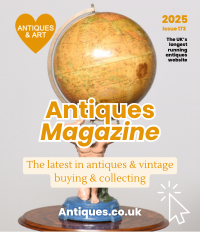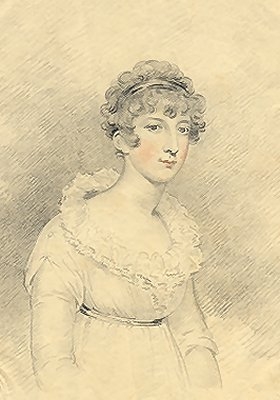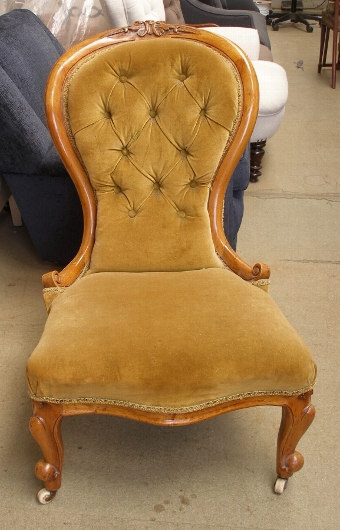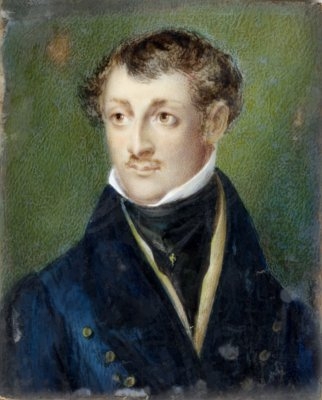featured item
rare 18th century architects travellling set

antiques available from other sellers in antiques interior design modern and vintage > other interior design
-
![Portrait of Mrs. William Gordon]() £650.00
£650.00portrait of mrs. william gordon Read more
Artware Ltd -
![Victorian Ladies/nursing deep buttoned chair]() POA
POAvictorian ladies/nursing deep buttoned chair Read more
NJH Upholstery -
![Portrait of Sir Brook W. Bridge Bt., Later Lord Fitzwaller (1801-1875)]() POA
POAportrait of sir brook w. bridge bt., later lord fitzwalle... Read more
Artware Ltd -
![Portrait of Ella Mcleod seated at a piano holding a musical score]() £2400.00
£2400.00portrait of ella mcleod seated at a piano holding a music... Read more
Artware Ltd
- View other items in:
- antiques interior design modern and vintage
- other interior design
Still not found something similar? Why not save a search and get a notification in your inbox when an matching antique is added to our ever-growing database?
Enter your email address to be sent alerts when new items are added to the site that match your search criteria

Ref 11474 - A rare mid 18th century architects travelling instrument set in the original shagreen case, the ruler is signed by the maker "T Gilbert, no 33 Ludgate Street, London" all complete and with the original instruments. The set comprises of a compass, a folding compass, ruler and the original pencil top, all made from high quality brass and steel. The interior of the shagreen case still has the original red velvet top lid lining. This exceptional set is possibly French and circa 1760/1770. The case measures 5 inches long, 13 cms.
Antiques.co.uk Ref: ER27F22P
- Width (cm):
- 0
- Height (cm):
- 0
- Depth (cm):
- 0
Here on antiques co uk we love antiques and specialise in selling antiques. Even though this item was for sale and is now sold or otherwise now unavailable we have many more items for sale including vintage antiques, silver, tables, watches, jewellery and much more for your interiors and home.
Search all the antiques currently for sale on www.antiques co uk. Or why not consider selling your antiques and making sales more easily with us!










